Home>Furniture & Design>Bathroom Accessories>Why Does My Toilet Bowl Not Fill Up With Water
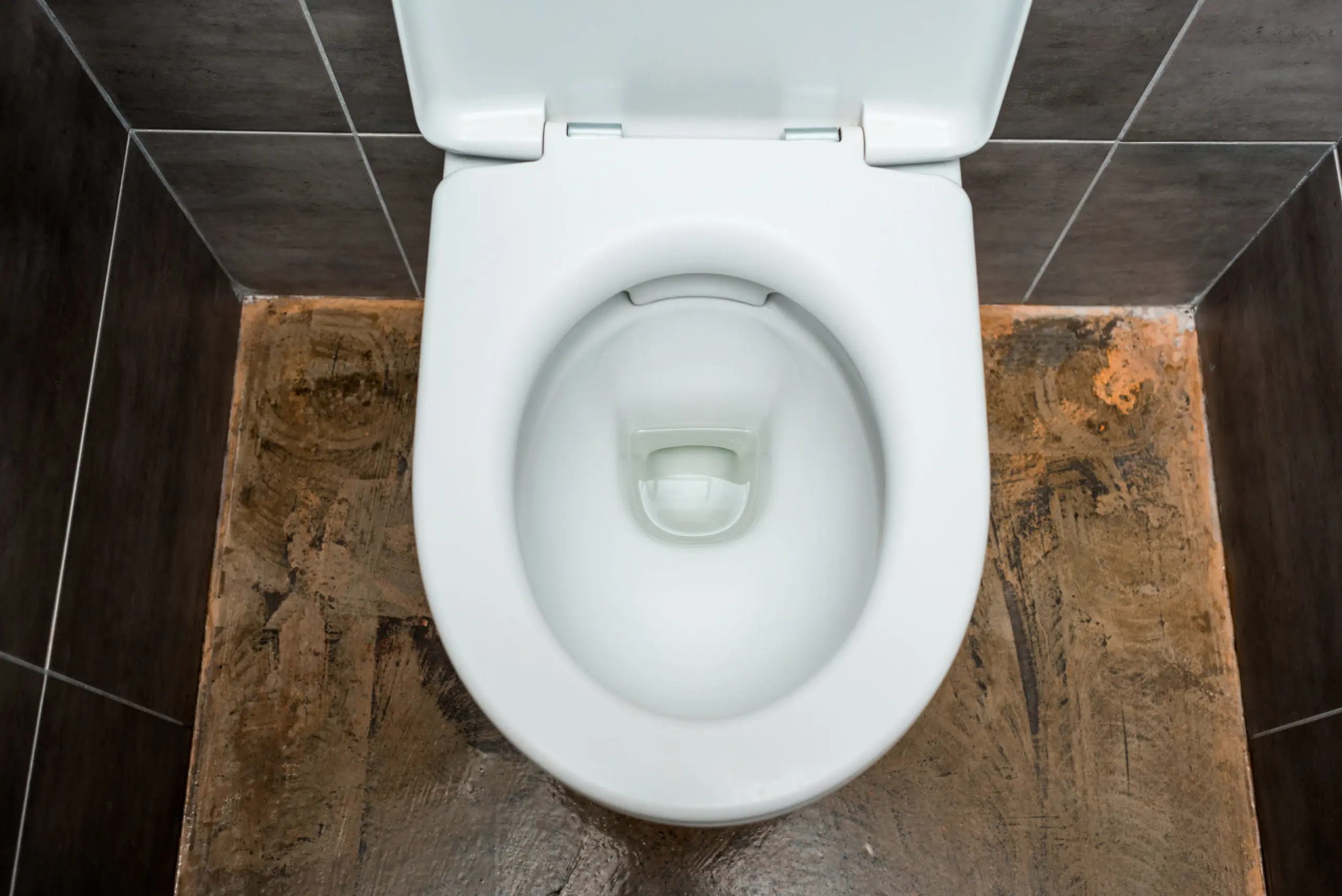

Bathroom Accessories
Why Does My Toilet Bowl Not Fill Up With Water
Modified: October 20, 2024
Discover the reasons why your toilet bowl may not be filling up with water. Find solutions and bathroom accessories to fix the issue.
(Many of the links in this article redirect to a specific reviewed product. Your purchase of these products through affiliate links helps to generate commission for Storables.com, at no extra cost. Learn more)
Introduction
A properly functioning toilet is a crucial component of any household, ensuring convenience and sanitation. However, encountering a situation where the toilet bowl does not fill up with water can be perplexing and inconvenient. This issue can lead to ineffective flushing, potential clogs, and an overall disruption of the bathroom routine. Understanding the potential causes and solutions for this problem is essential for maintaining a functional and efficient bathroom.
When the toilet bowl fails to fill up with water after flushing, it can be indicative of various underlying issues. These issues may range from simple and easily rectifiable problems to more complex and potentially costly repairs. Therefore, it is important to address this matter promptly to prevent further inconvenience and potential damage to the toilet system.
In the following sections, we will delve into the common causes of a toilet bowl not filling up with water, explore how to troubleshoot and rectify the issue, and ultimately restore the proper functionality of this essential fixture in your home. Understanding these aspects will empower you to address the problem effectively and ensure that your bathroom facilities remain in optimal working condition.
Key Takeaways:
- Don’t panic if your toilet bowl doesn’t fill up with water! It could be due to issues with the water supply, fill valve, flapper, rim holes, or venting. Follow simple troubleshooting steps to fix it and keep your bathroom running smoothly.
- Keep your toilet in top shape by checking the water supply, inspecting the fill valve, examining the flapper, clearing rim holes, and addressing venting issues. With a little troubleshooting, you can ensure a fully functional and efficient toilet system for your home.
Read more: Why Wont My Toilet Fill Up With Water
Common Causes of a Toilet Bowl Not Filling Up with Water
-
Water Supply Issues: One of the most common reasons for a toilet bowl not filling up with water is a disruption in the water supply. This can occur due to a malfunctioning shut-off valve, which may be partially or fully closed, restricting the flow of water into the toilet tank. Additionally, a clogged or damaged water supply line can impede the proper influx of water, leading to inadequate filling of the toilet bowl.
-
Faulty Fill Valve: The fill valve, also known as the ballcock or refill valve, is responsible for regulating the water level in the toilet tank after each flush. If the fill valve is defective or worn out, it may fail to allow a sufficient amount of water to enter the tank, resulting in an incomplete refill of the toilet bowl.
-
Flapper Malfunction: A malfunctioning flapper can also contribute to the inadequate filling of the toilet bowl. The flapper is a rubber component that seals the flush valve opening, allowing water to enter the bowl during the flushing process. If the flapper is damaged, misaligned, or does not form a proper seal, it can lead to reduced water flow into the bowl, causing incomplete filling.
-
Clogged Rim Holes: The rim holes around the inside edge of the toilet bowl are designed to release water into the bowl during flushing, ensuring a thorough refill. However, these rim holes can become clogged with mineral deposits, debris, or bacterial growth over time, obstructing the flow of water and resulting in an insufficient refill of the bowl.
-
Venting Issues: In some cases, inadequate venting in the plumbing system can lead to air pressure problems, affecting the proper filling of the toilet bowl. Venting issues can disrupt the siphon action that facilitates the complete emptying and refilling of the bowl during the flushing process, leading to incomplete water replenishment.
Identifying these common causes of a toilet bowl not filling up with water is the first step toward resolving the issue. By understanding these underlying factors, homeowners can effectively troubleshoot and address the specific cause of the problem, restoring the proper functionality of their toilet system.
Check the water supply valve behind the toilet to make sure it’s fully open. If it’s open and the bowl still isn’t filling, there may be a clog in the fill valve or the water supply line. Try cleaning or replacing these parts.
How to Troubleshoot and Fix the Issue
Upon encountering the issue of a toilet bowl not filling up with water, it is essential to initiate a systematic troubleshooting process to identify and address the underlying cause. By following these steps, homeowners can effectively diagnose the problem and implement the necessary fixes to restore the proper functionality of their toilet system.
-
Check the Water Supply: Begin by inspecting the water supply to the toilet. Ensure that the shut-off valve connected to the toilet's water supply line is fully open. If the valve is partially closed, adjust it to allow for an unrestricted flow of water into the tank. Additionally, examine the water supply line for any signs of damage or blockages that may impede the water flow.
-
Inspect the Fill Valve: Lift the toilet tank lid and observe the fill valve in action during the flushing process. If the fill valve fails to allow a sufficient amount of water to enter the tank, it may need to be adjusted or replaced. Follow the manufacturer's instructions to make any necessary adjustments to the fill valve or consider replacing it if it is worn out or defective.
-
Examine the Flapper: Inspect the flapper, located at the bottom of the tank, for any signs of damage, misalignment, or deterioration. Ensure that the flapper forms a proper seal over the flush valve opening. If the flapper is compromised, replace it with a new one that is compatible with your toilet model to restore the effective flow of water into the bowl.
-
Clear Rim Holes: To address potential clogging in the rim holes, use a wire hanger or a small brush to carefully remove any debris, mineral deposits, or buildup that may be obstructing the water flow. Thoroughly clean the rim holes to ensure unobstructed water release during flushing, allowing for a complete refill of the toilet bowl.
-
Address Venting Issues: If venting problems are suspected, consider consulting a professional plumber to assess the ventilation system in the plumbing. Proper venting is essential for maintaining optimal air pressure and facilitating the complete emptying and refilling of the toilet bowl during the flushing process. A plumber can identify and rectify any venting issues that may be affecting the toilet's water replenishment.
By systematically troubleshooting these potential causes and implementing the appropriate solutions, homeowners can effectively address the issue of a toilet bowl not filling up with water. This proactive approach enables individuals to maintain a fully functional and efficient toilet system, ensuring convenience and reliability in their daily routines.
Conclusion
In conclusion, encountering a situation where the toilet bowl does not fill up with water can be a source of frustration and inconvenience for homeowners. However, by understanding the common causes of this issue and implementing the appropriate troubleshooting steps, individuals can effectively address the problem and restore the proper functionality of their toilet system.
It is essential for homeowners to recognize that a toilet bowl not filling up with water can stem from various underlying factors, including water supply issues, faulty fill valves, flapper malfunctions, clogged rim holes, and venting problems. By identifying these potential causes, individuals can initiate a systematic troubleshooting process to pinpoint the specific issue affecting their toilet and implement the necessary fixes.
Checking the water supply, inspecting the fill valve, examining the flapper, clearing rim holes, and addressing venting issues are crucial steps in troubleshooting and resolving the problem. By following these steps, homeowners can effectively diagnose the issue and take proactive measures to restore the proper water replenishment in the toilet bowl.
Maintaining a fully functional toilet system is essential for ensuring convenience, sanitation, and efficiency in the household. By promptly addressing the issue of a toilet bowl not filling up with water, individuals can prevent potential clogs, disruptions in the bathroom routine, and costly repairs in the future.
In essence, understanding the dynamics of the toilet system and being proactive in troubleshooting and addressing issues contribute to the overall maintenance and functionality of the bathroom facilities. By empowering homeowners with the knowledge and steps to rectify this common problem, this article aims to facilitate a seamless and efficient bathroom experience, ensuring that the toilet system operates optimally and reliably.
Ultimately, by taking the necessary steps to troubleshoot and fix the issue of a toilet bowl not filling up with water, homeowners can uphold the functionality and convenience of this essential fixture in their homes, promoting a comfortable and hygienic living environment for all occupants.
Frequently Asked Questions about Why Does My Toilet Bowl Not Fill Up With Water
Was this page helpful?
At Storables.com, we guarantee accurate and reliable information. Our content, validated by Expert Board Contributors, is crafted following stringent Editorial Policies. We're committed to providing you with well-researched, expert-backed insights for all your informational needs.
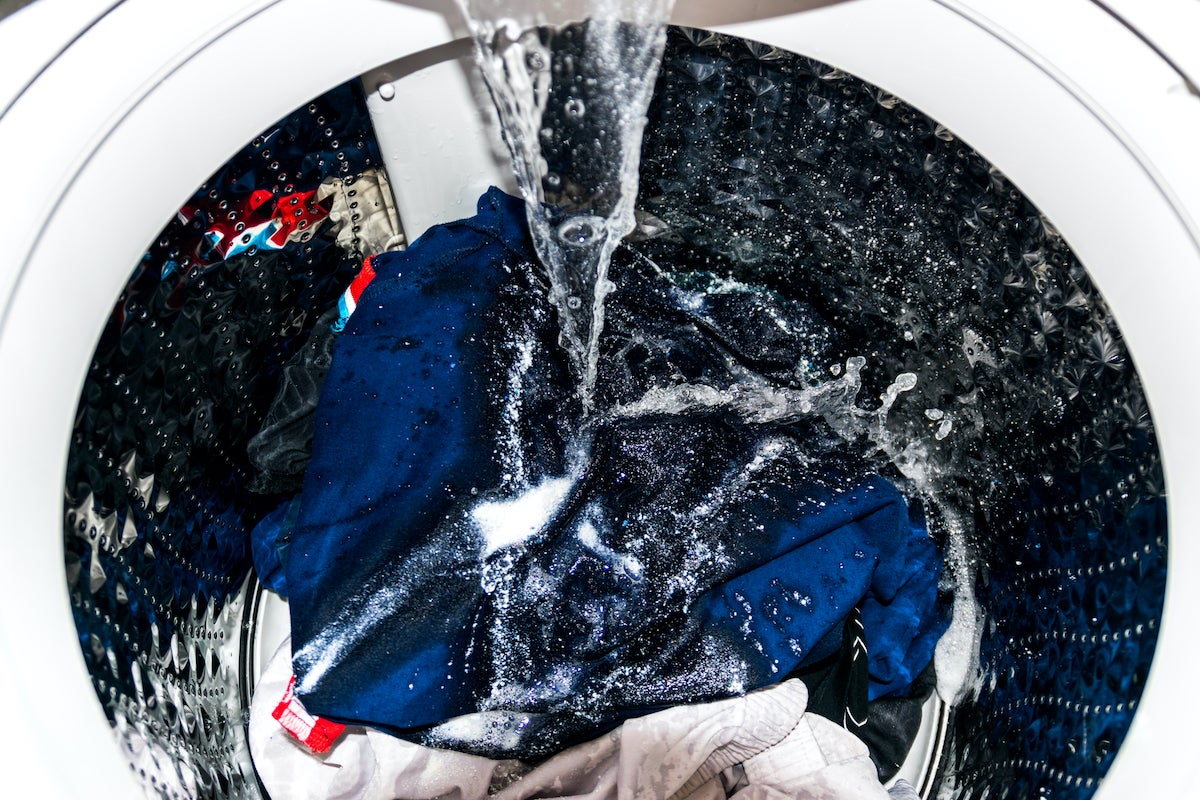
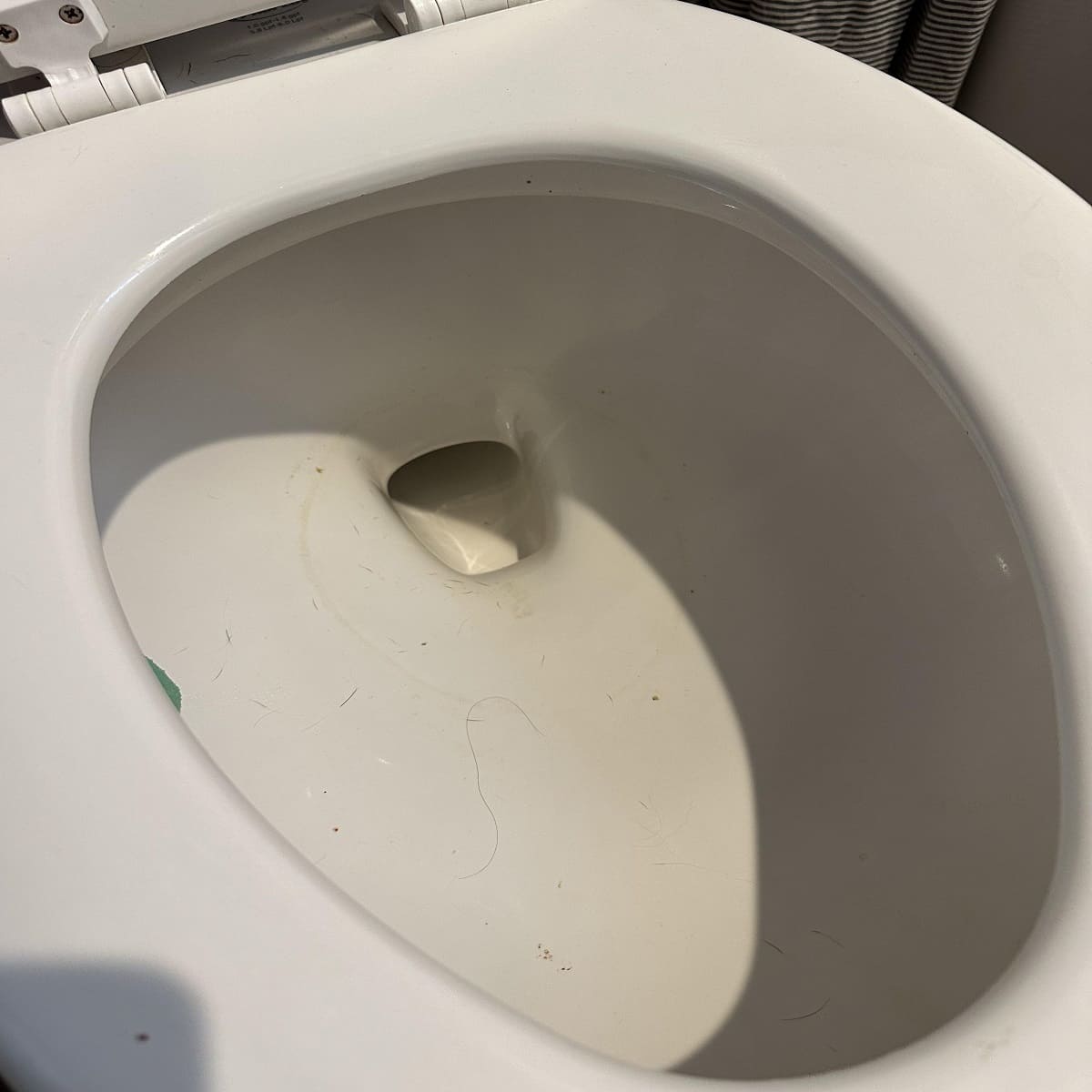
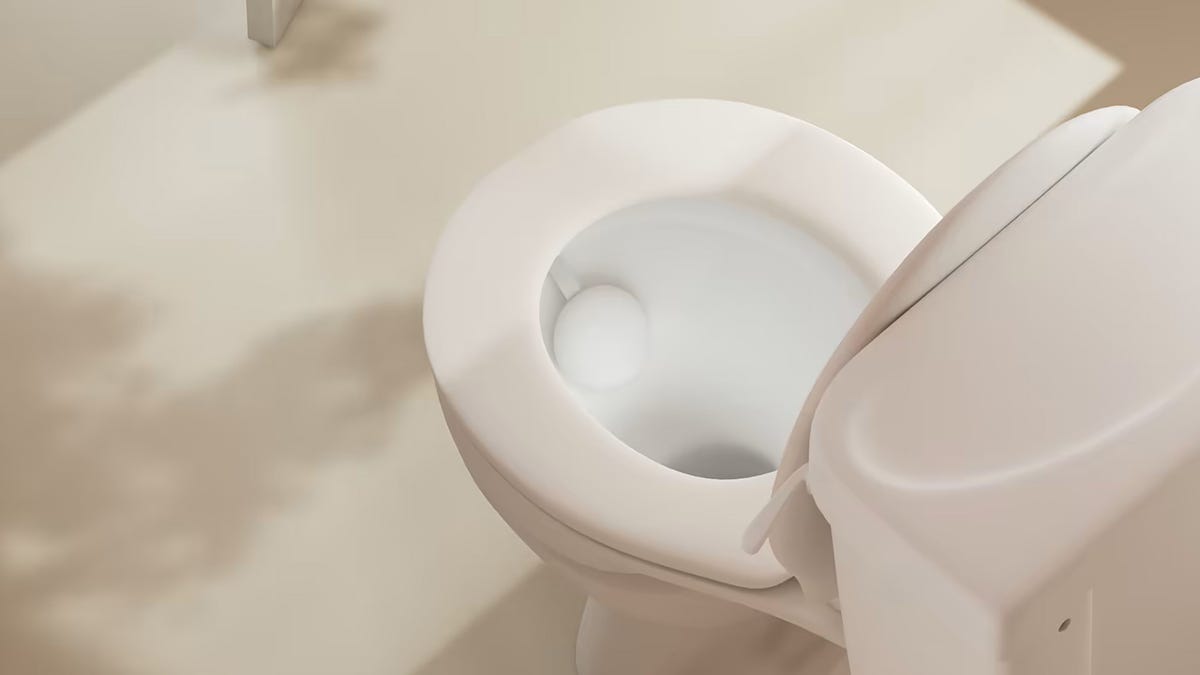
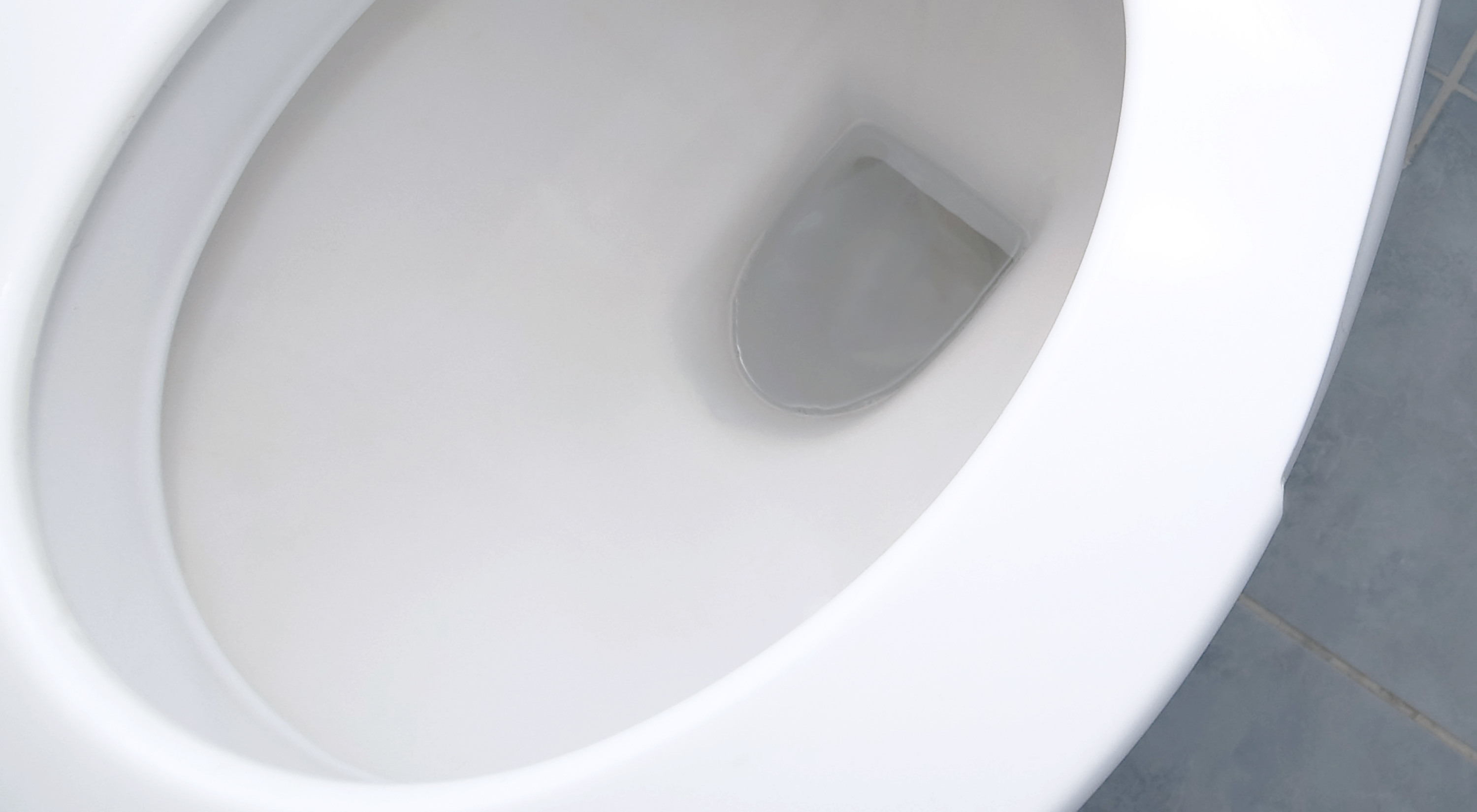
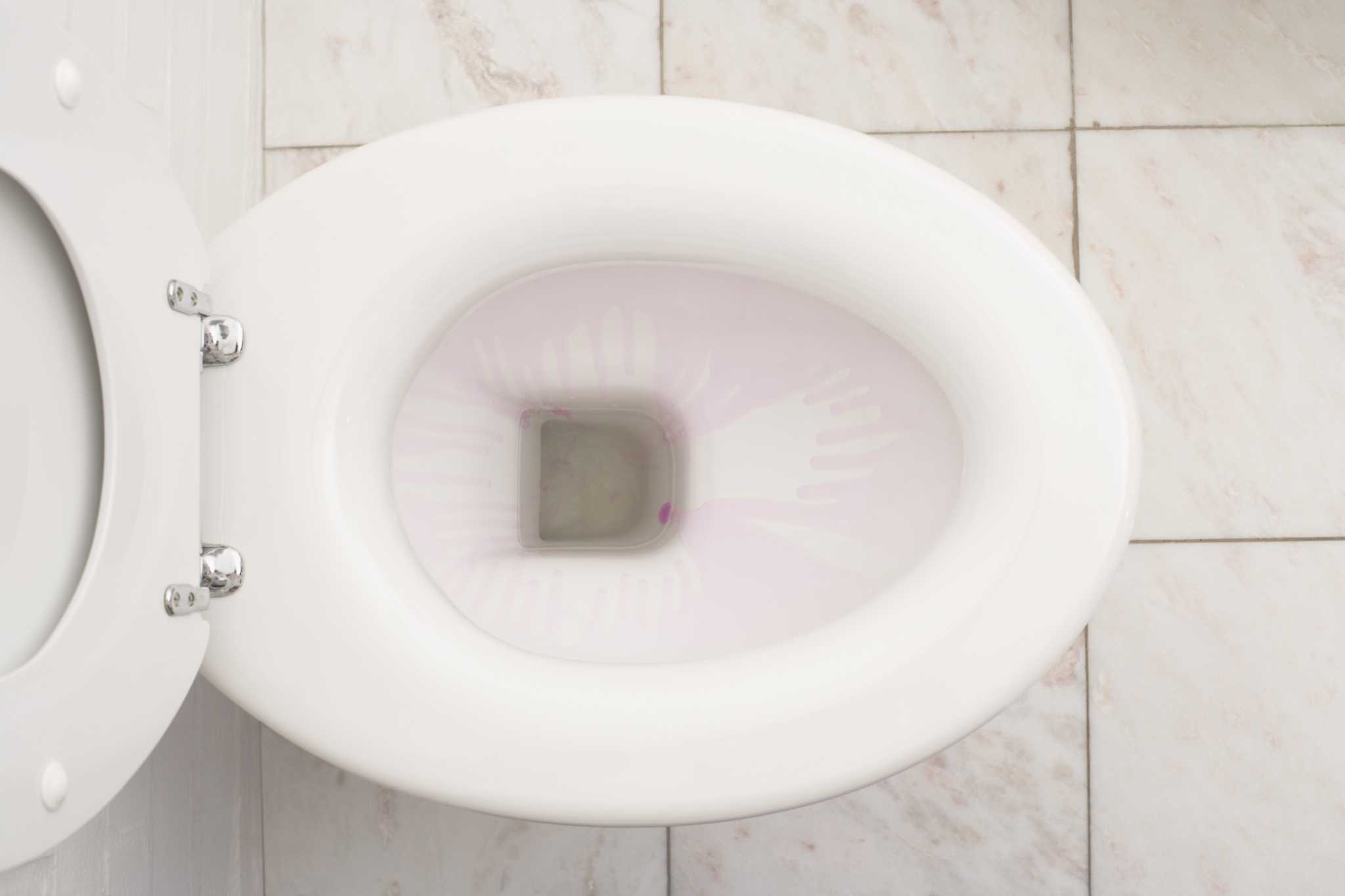
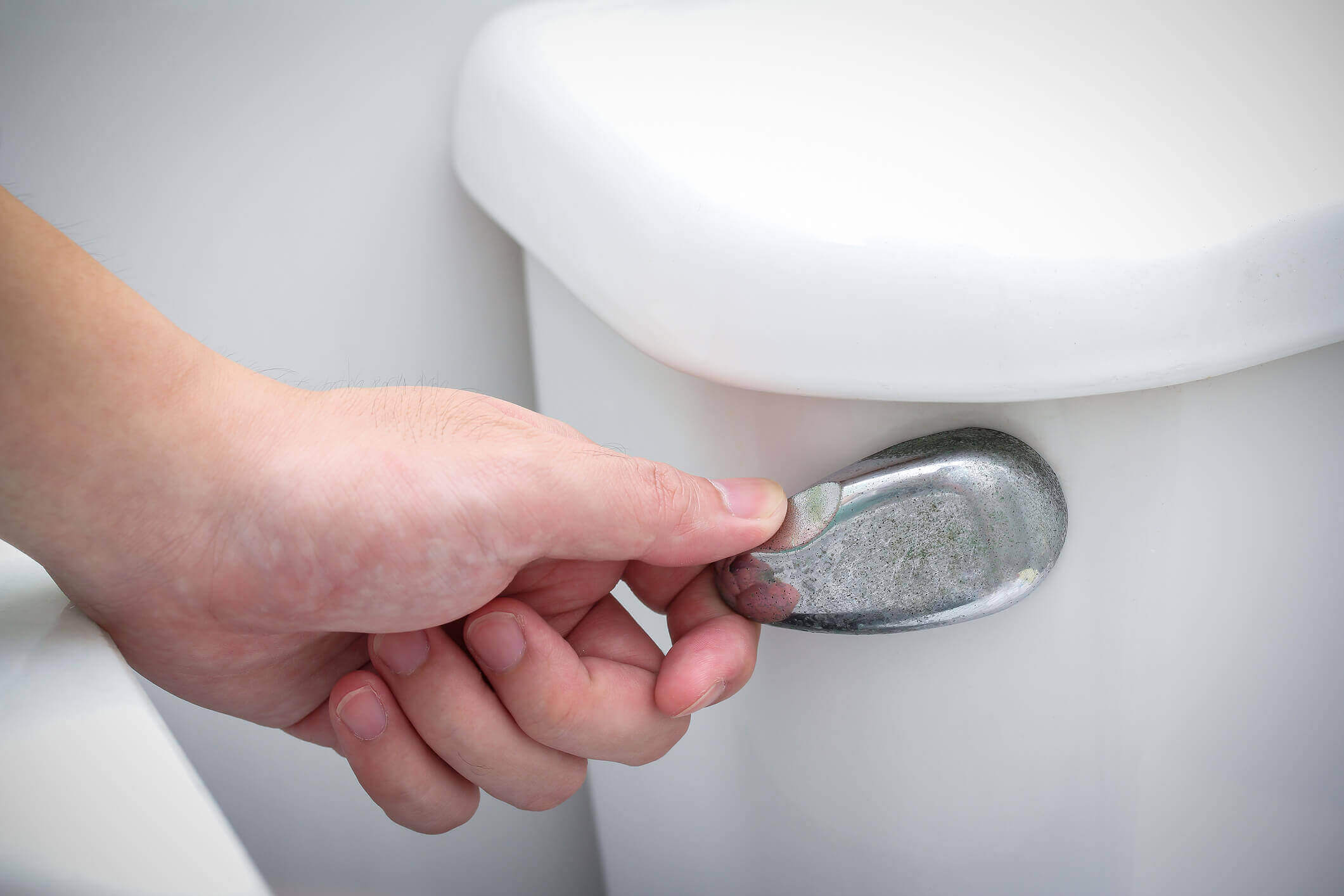
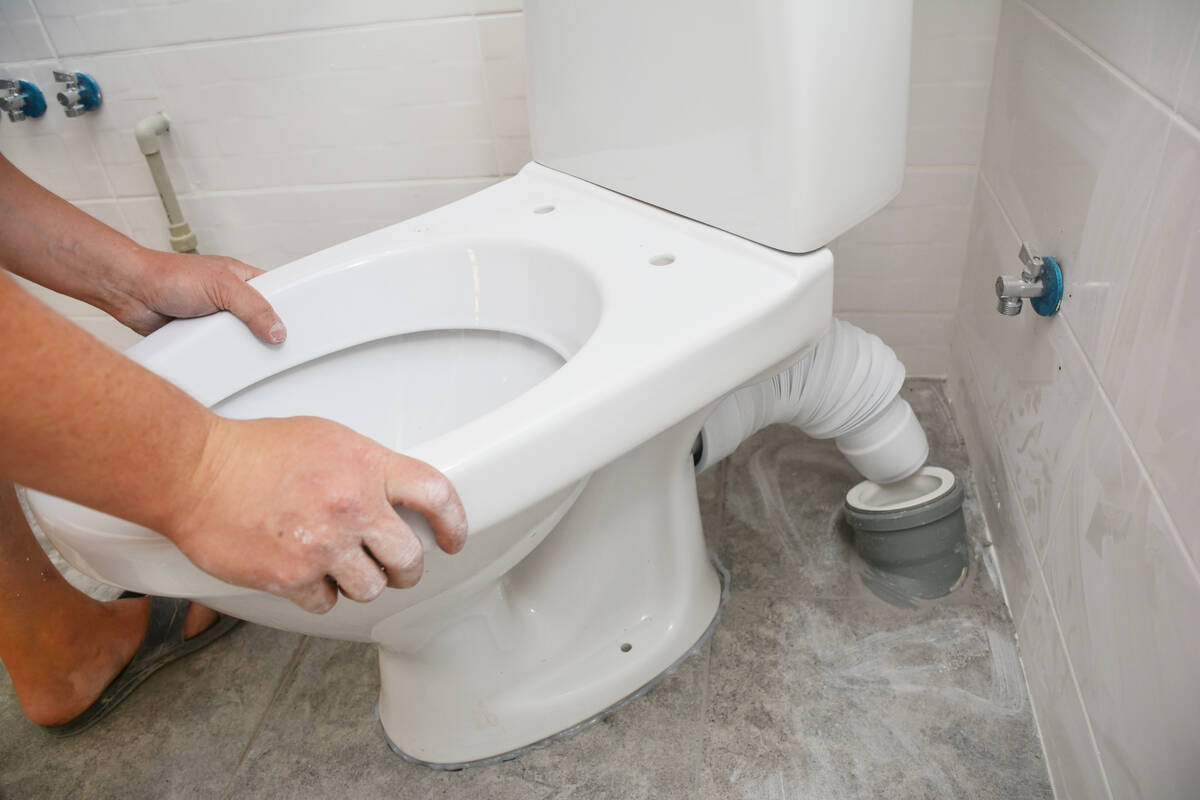
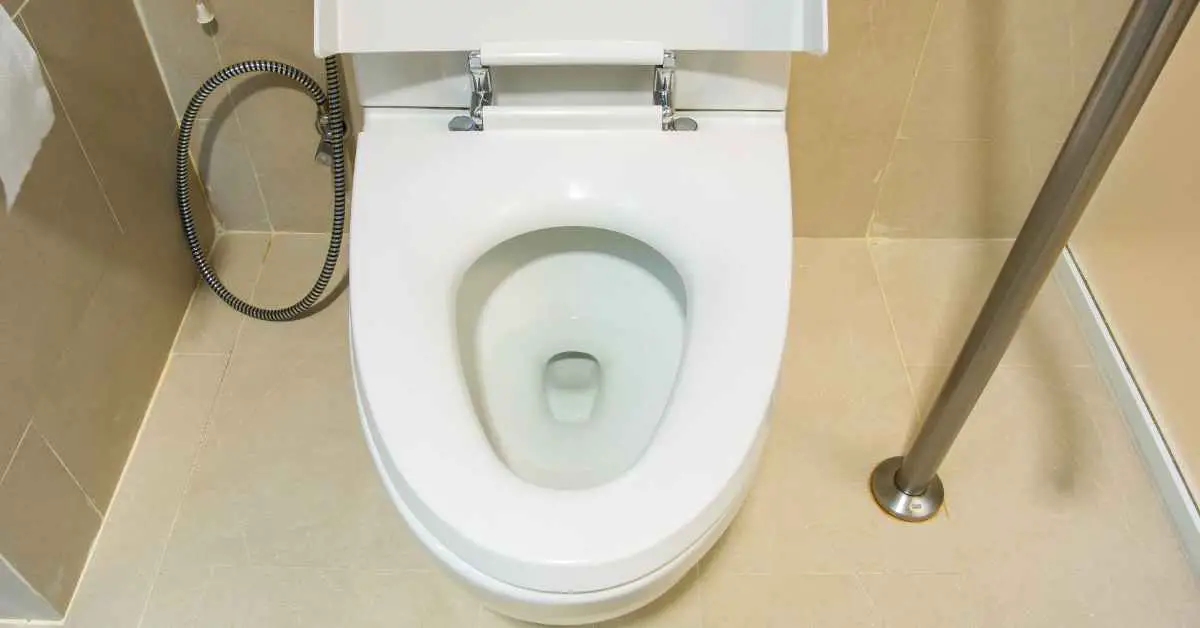
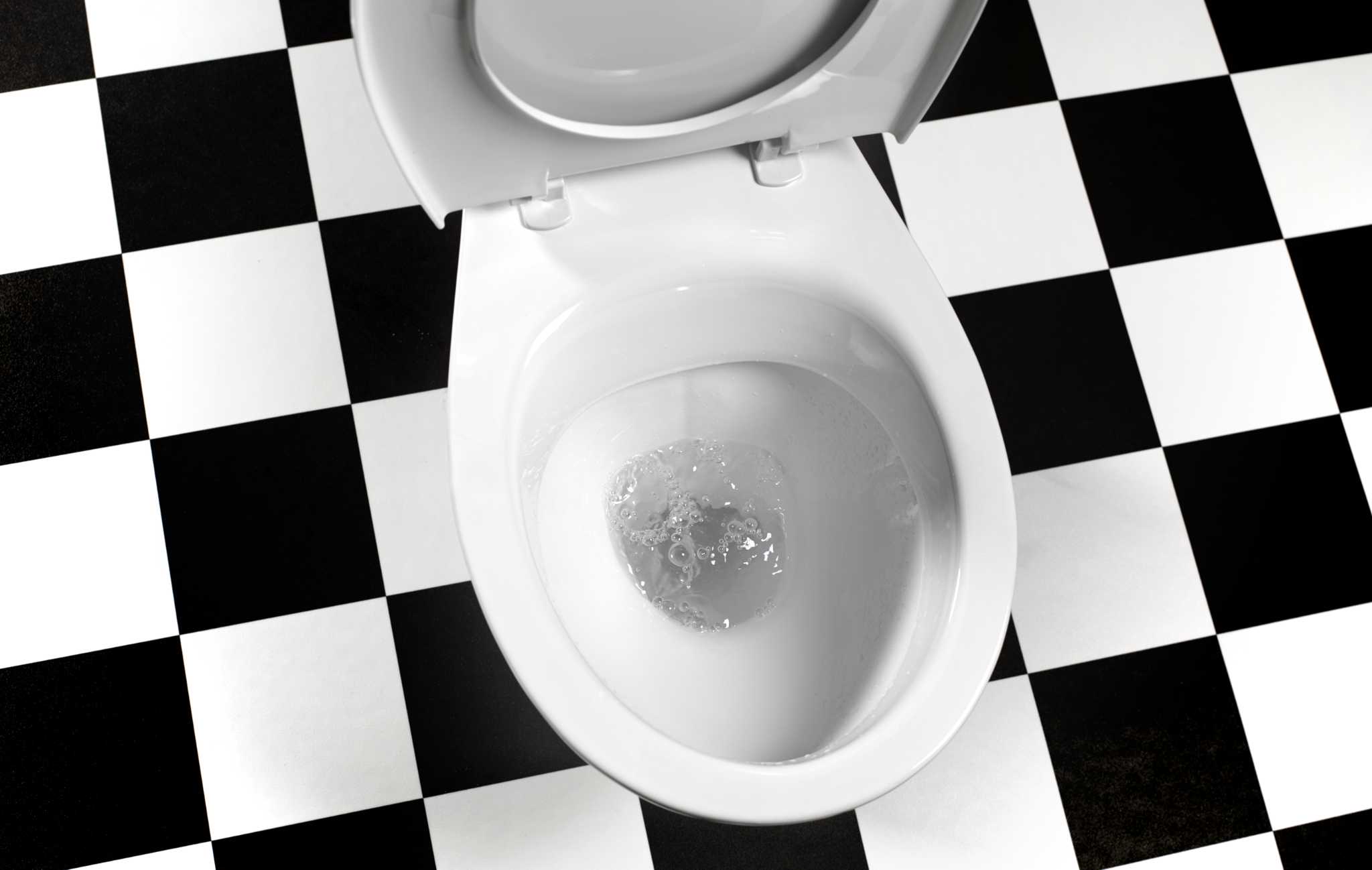
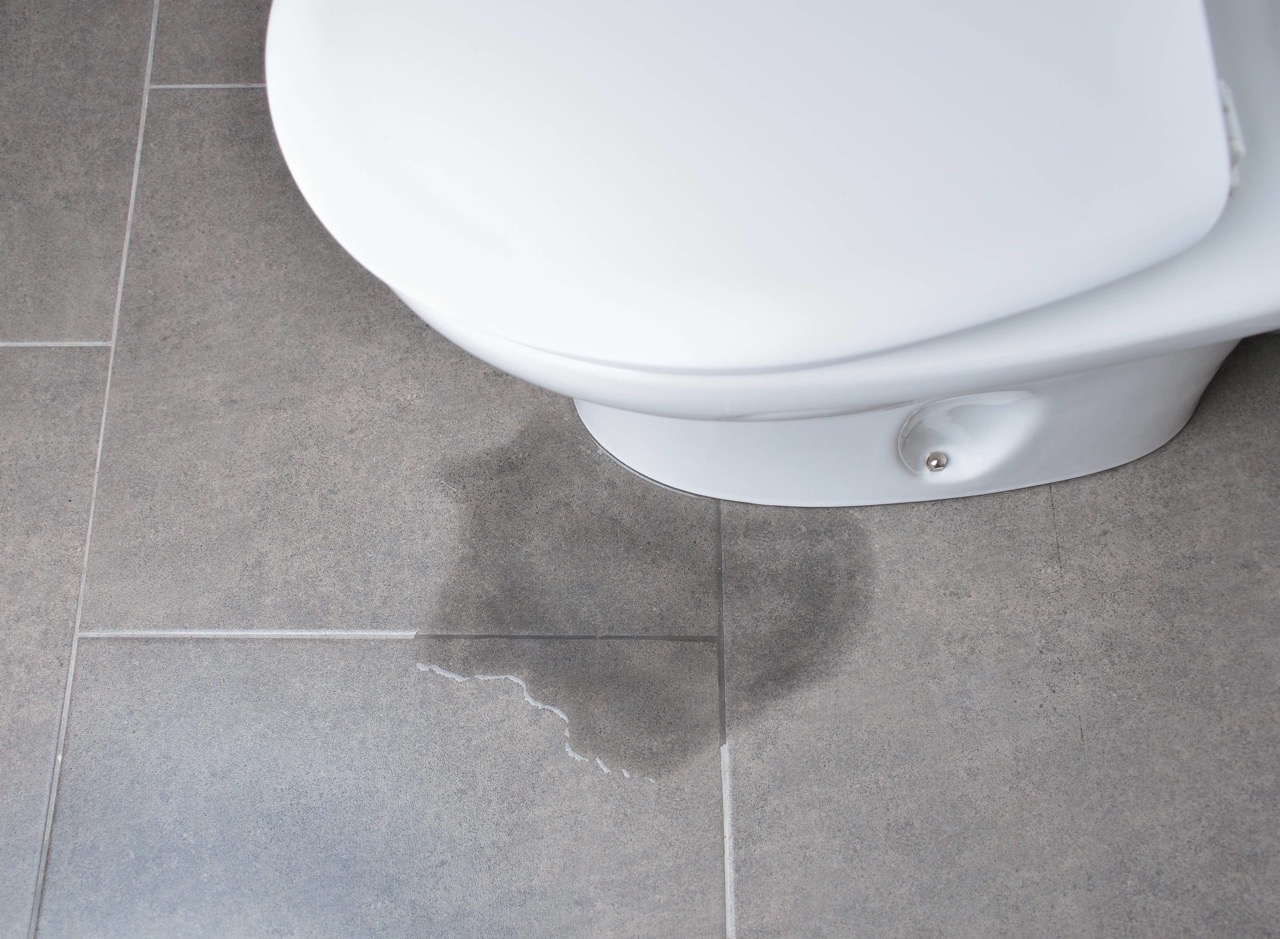
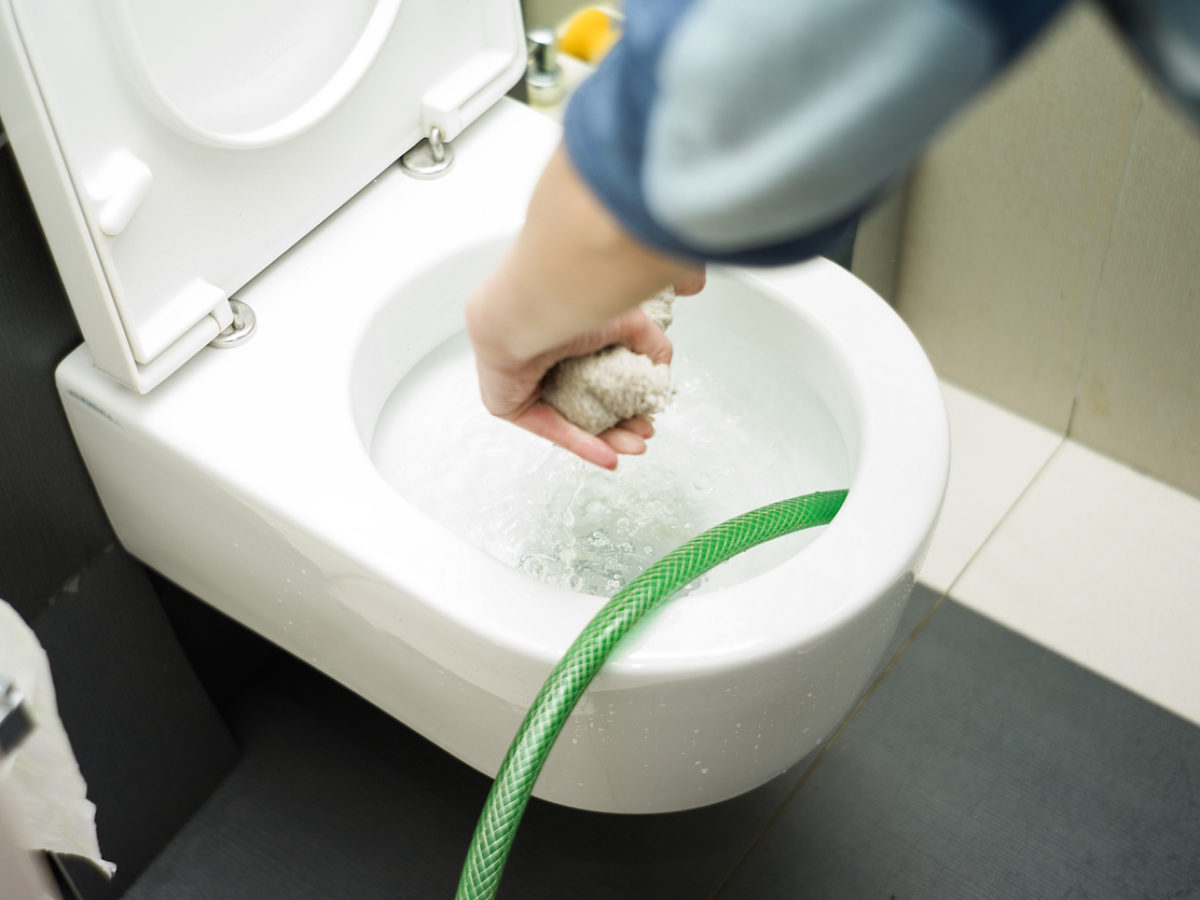
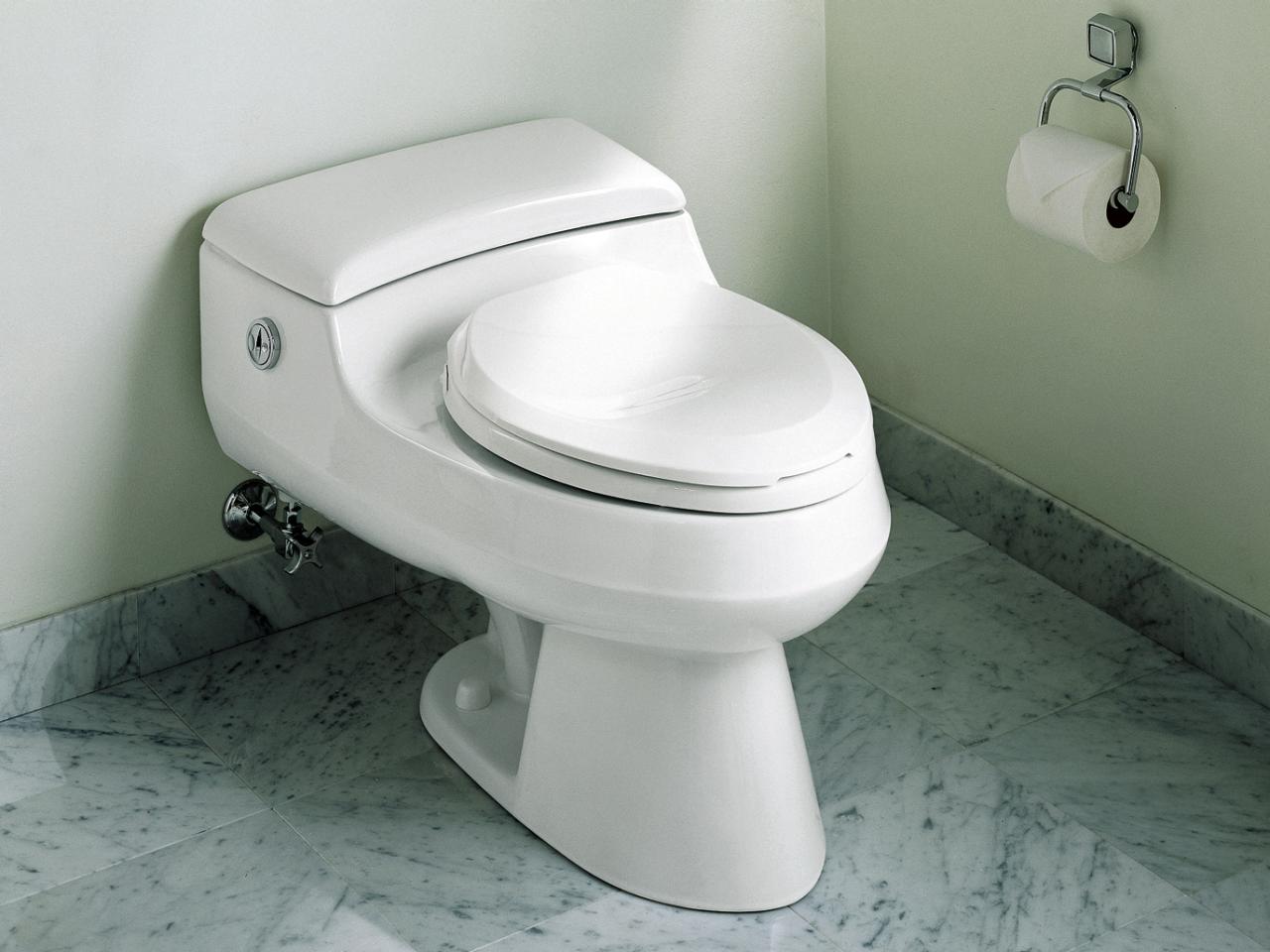
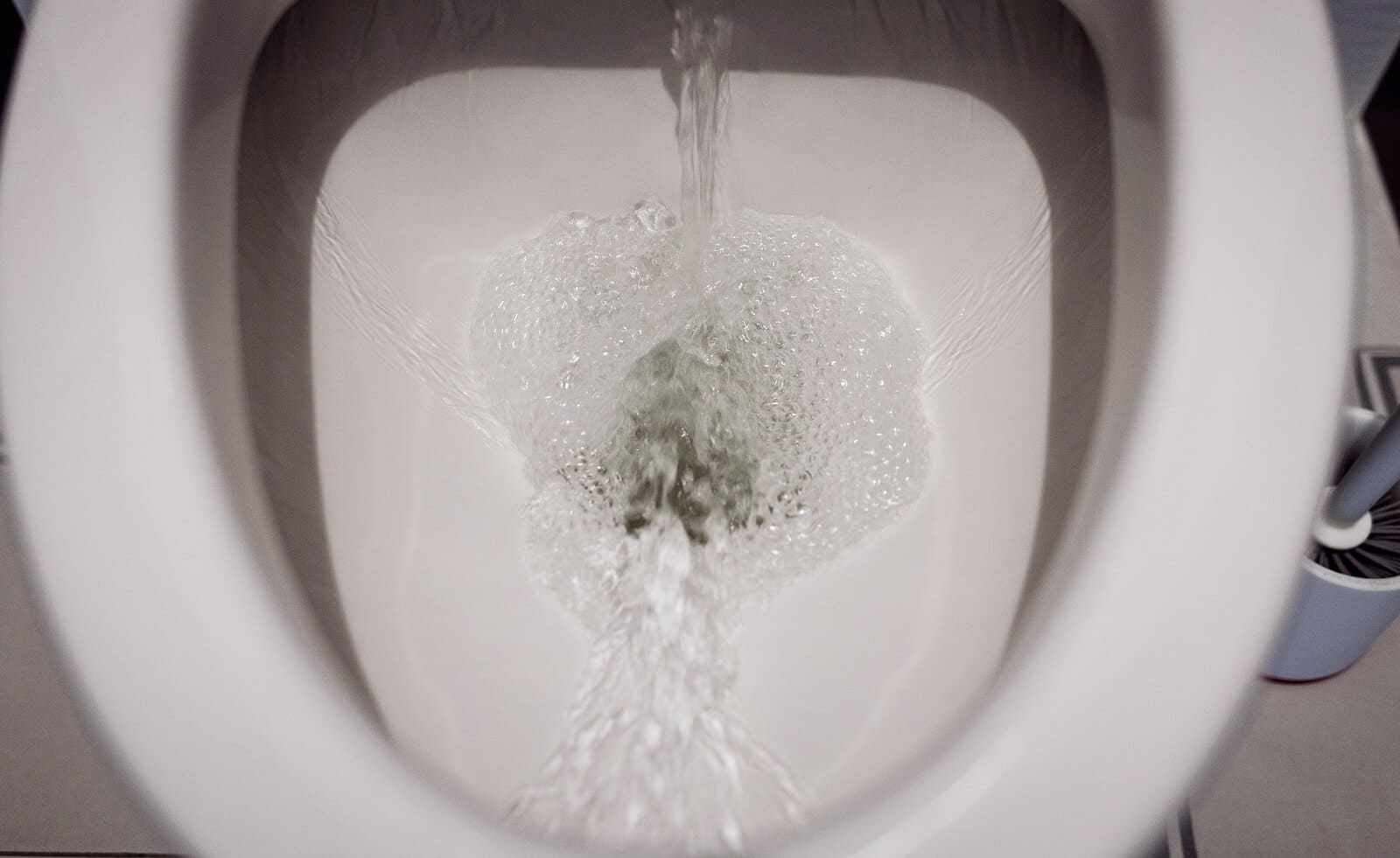
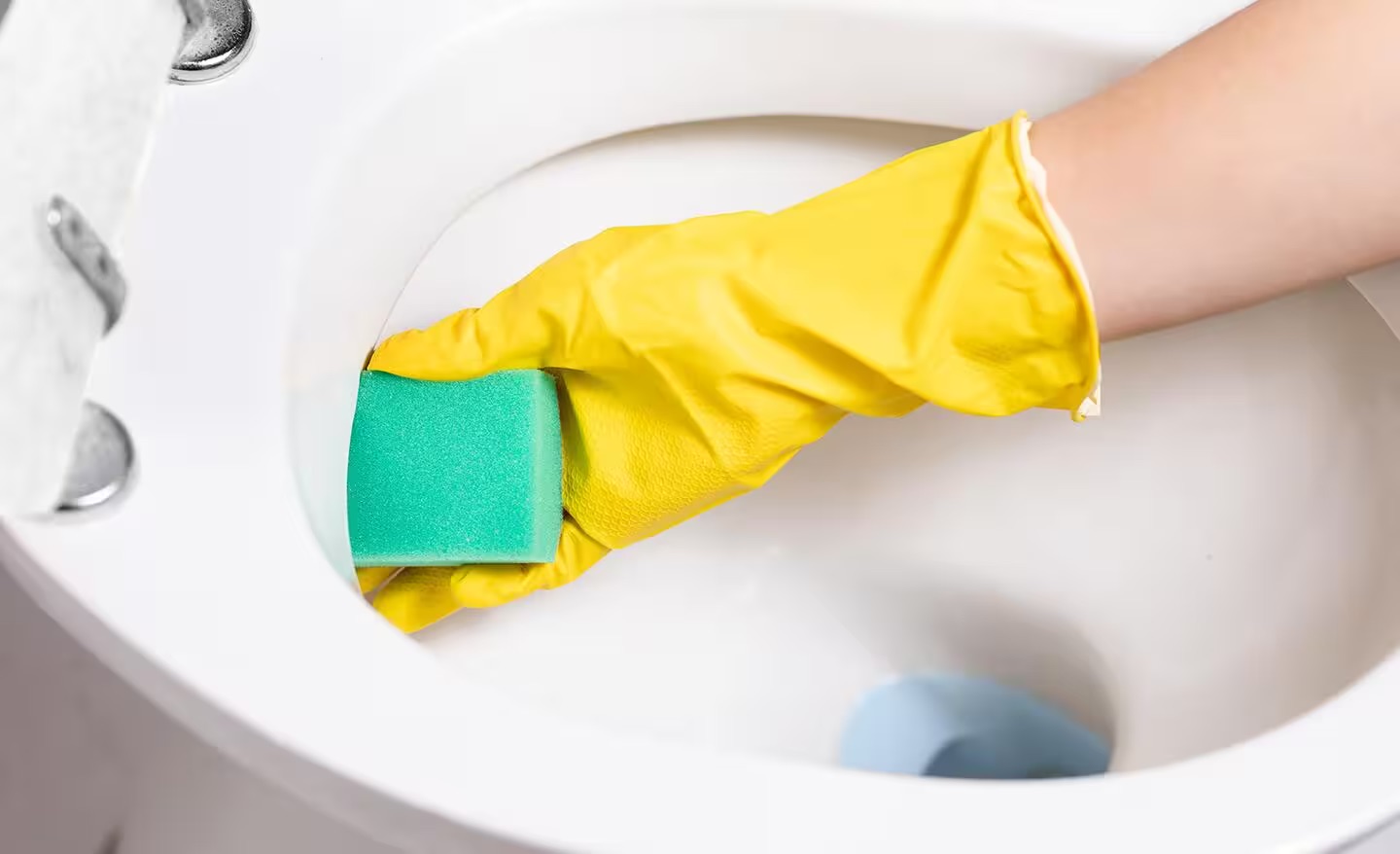
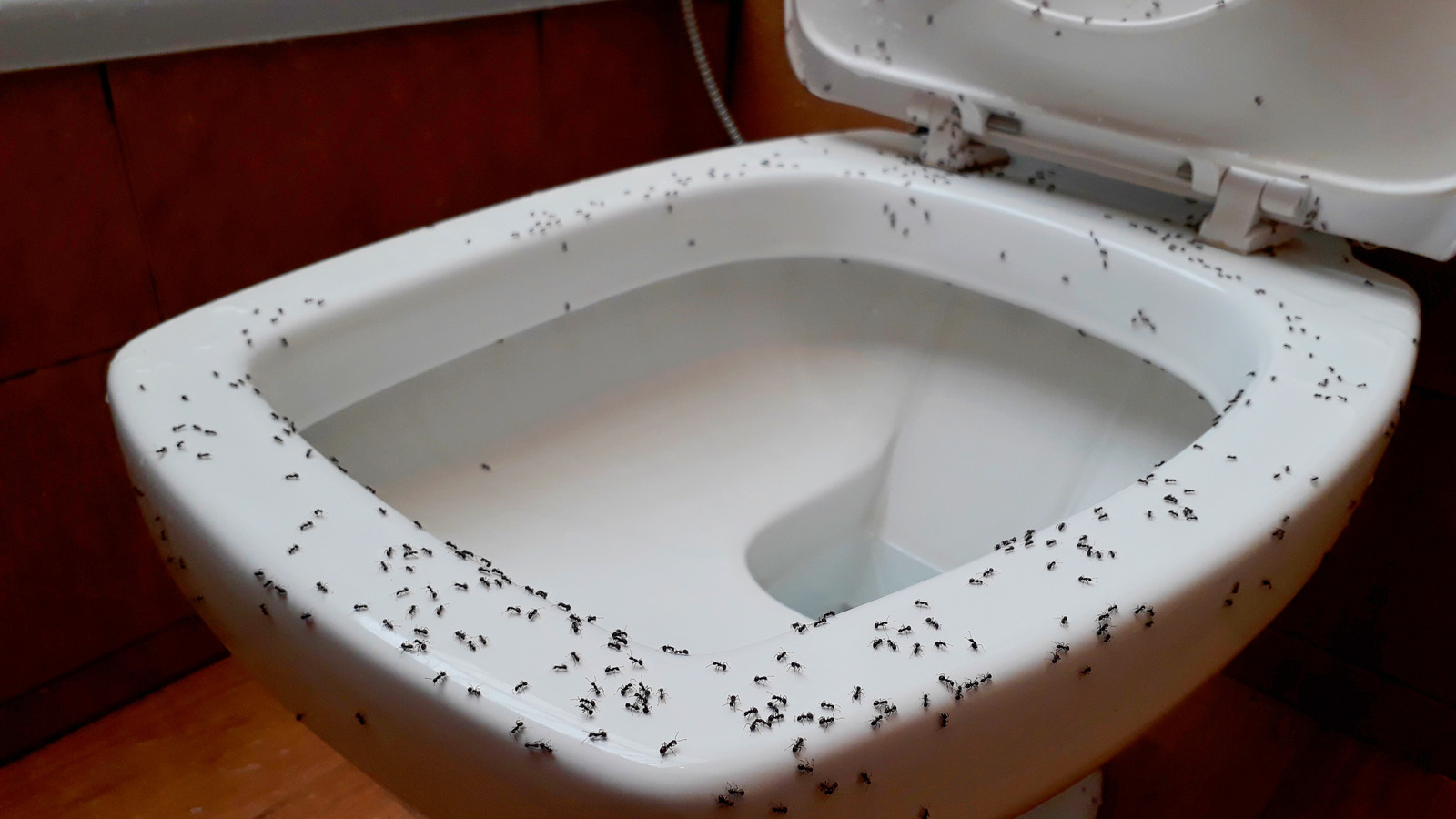

0 thoughts on “Why Does My Toilet Bowl Not Fill Up With Water”